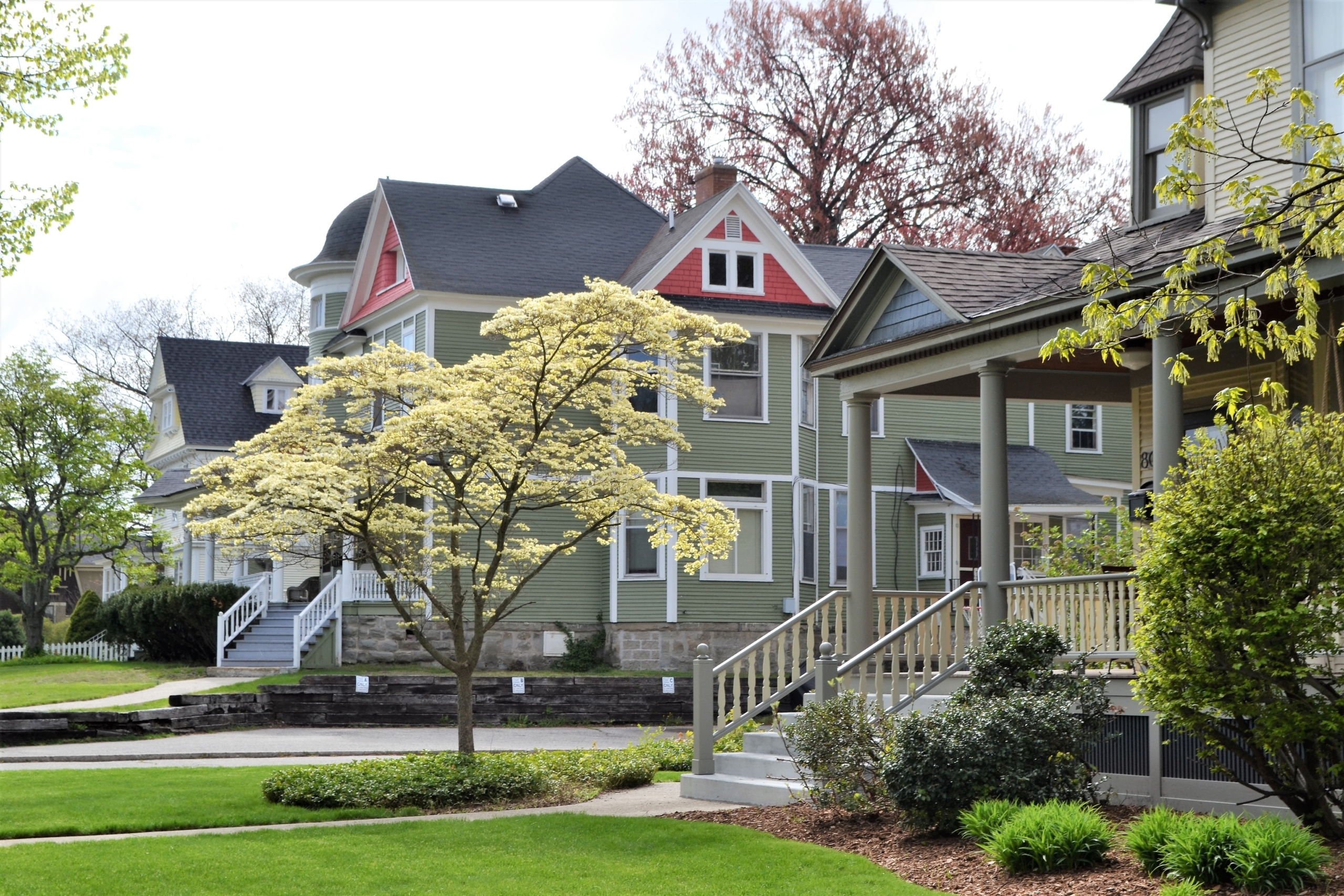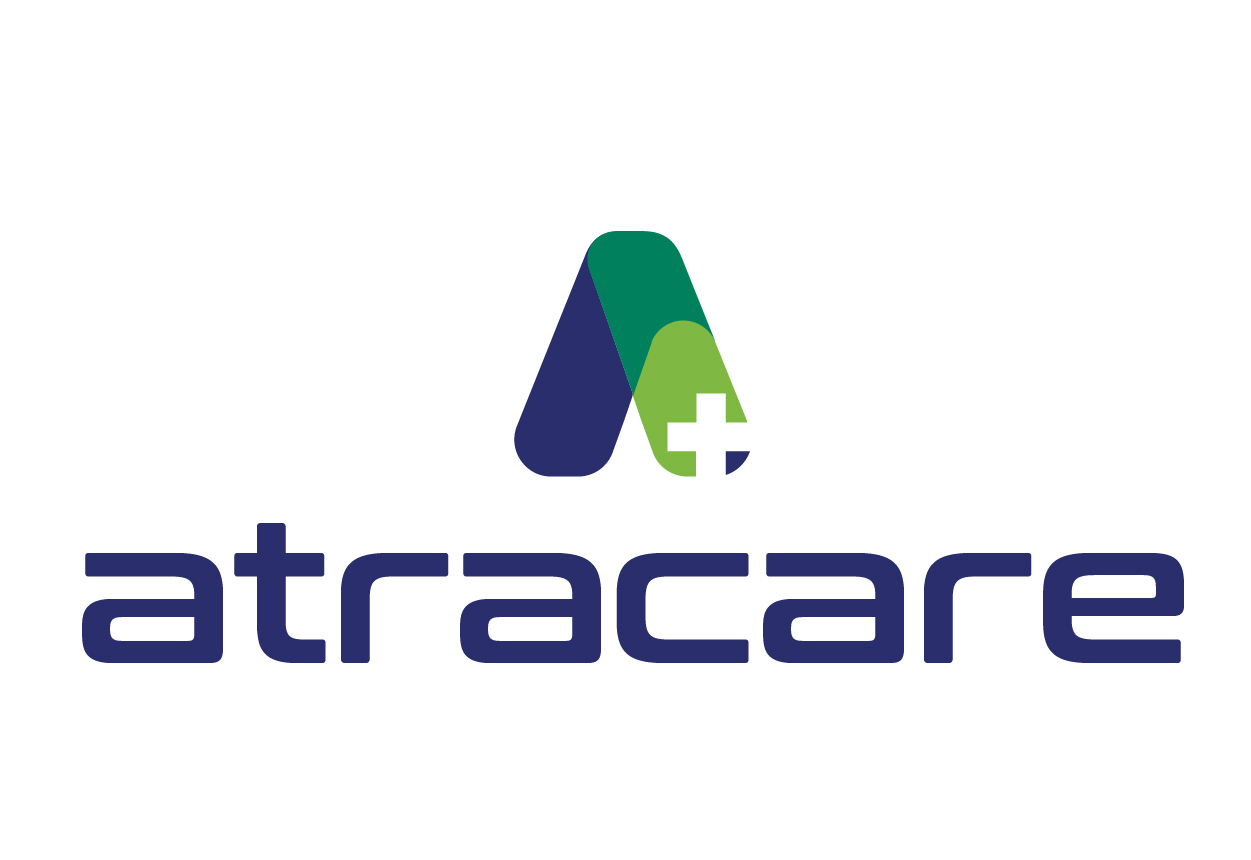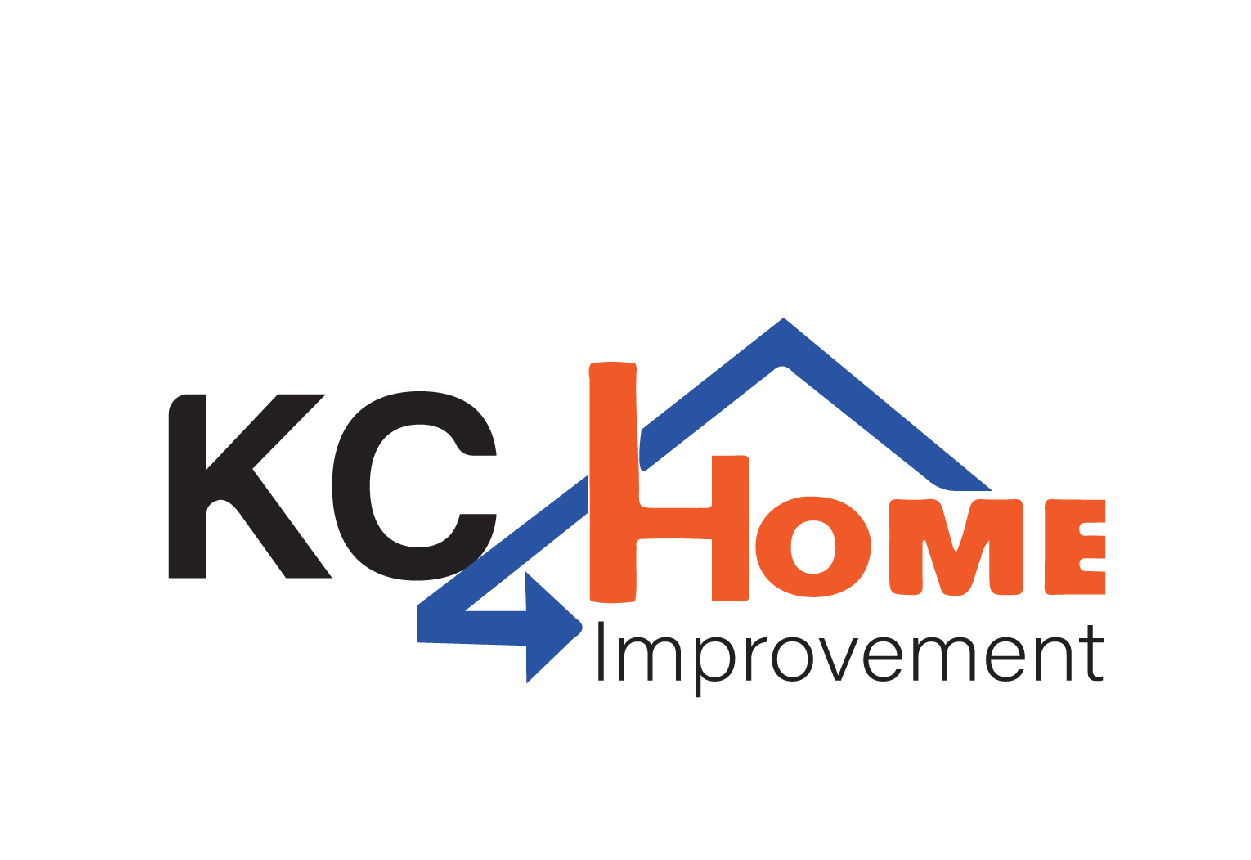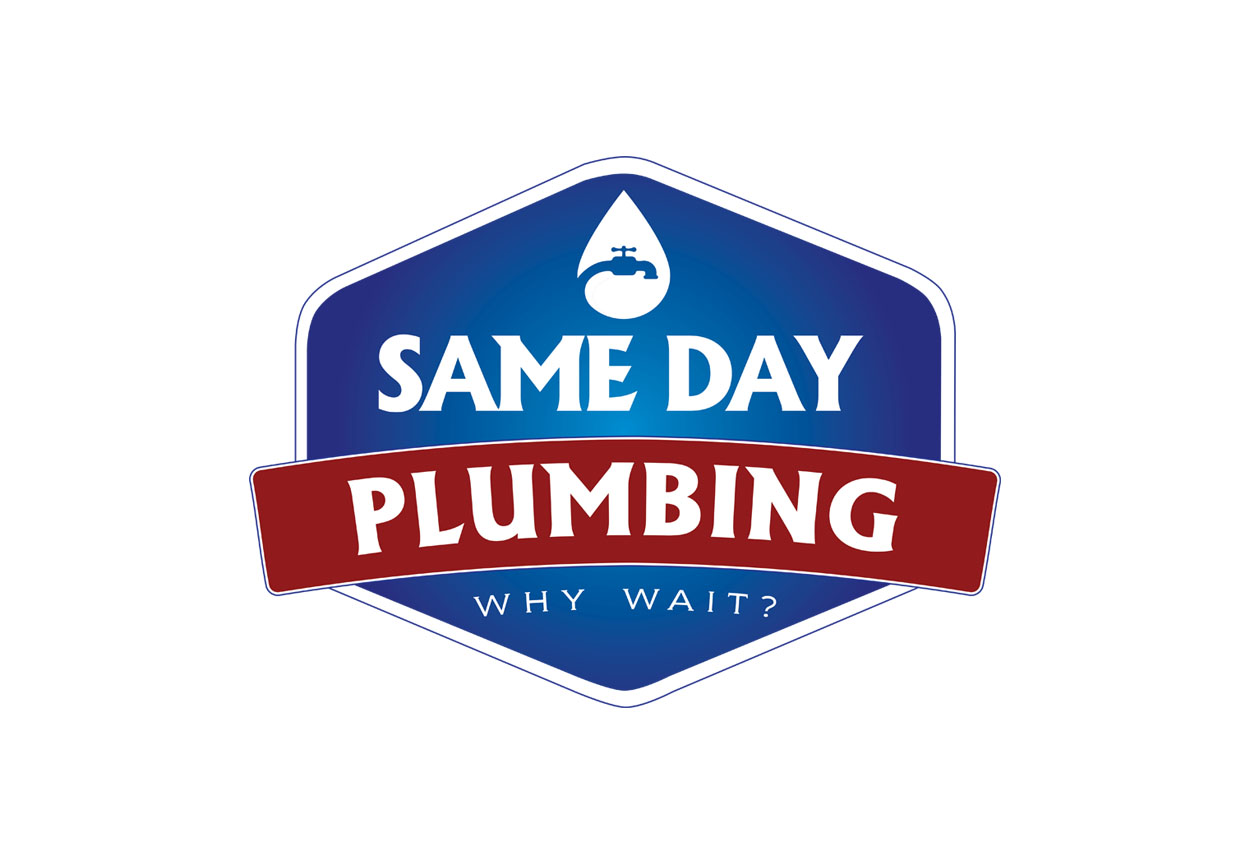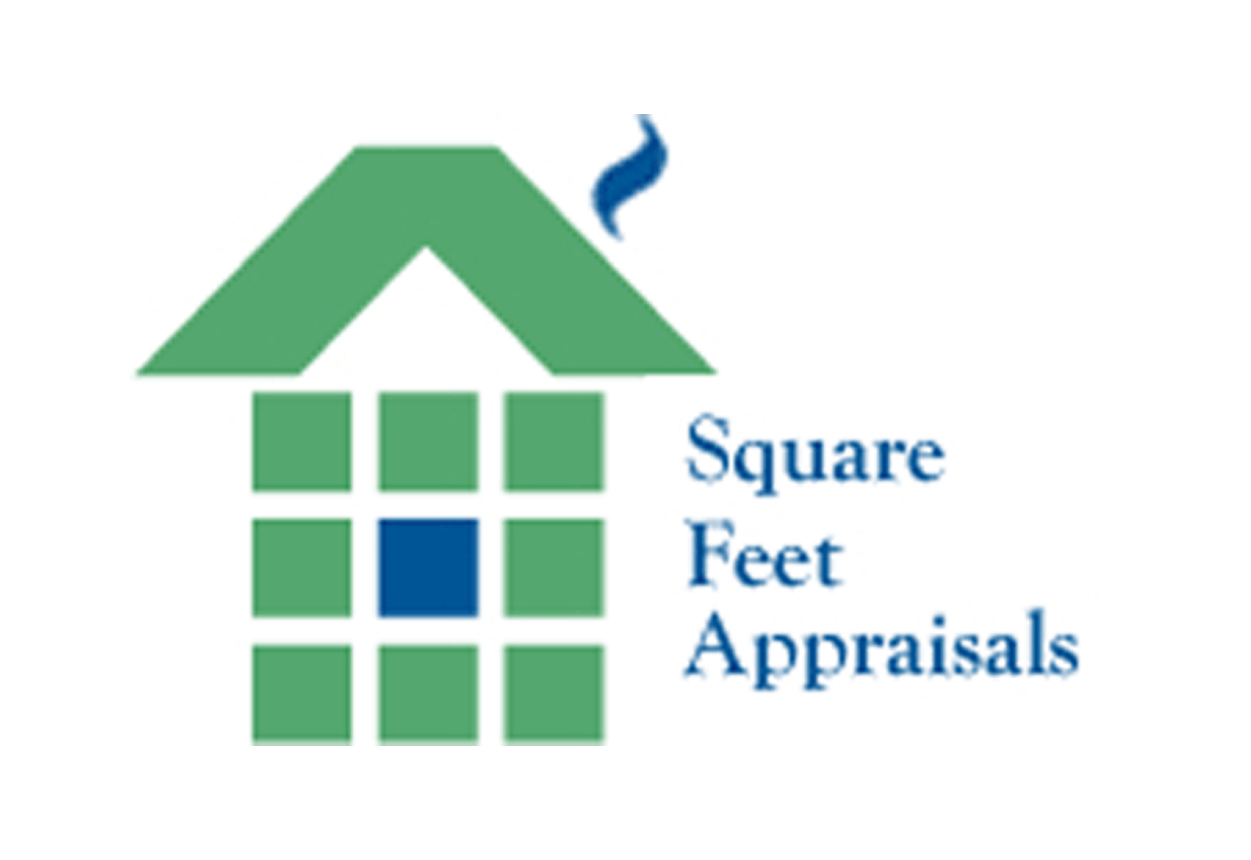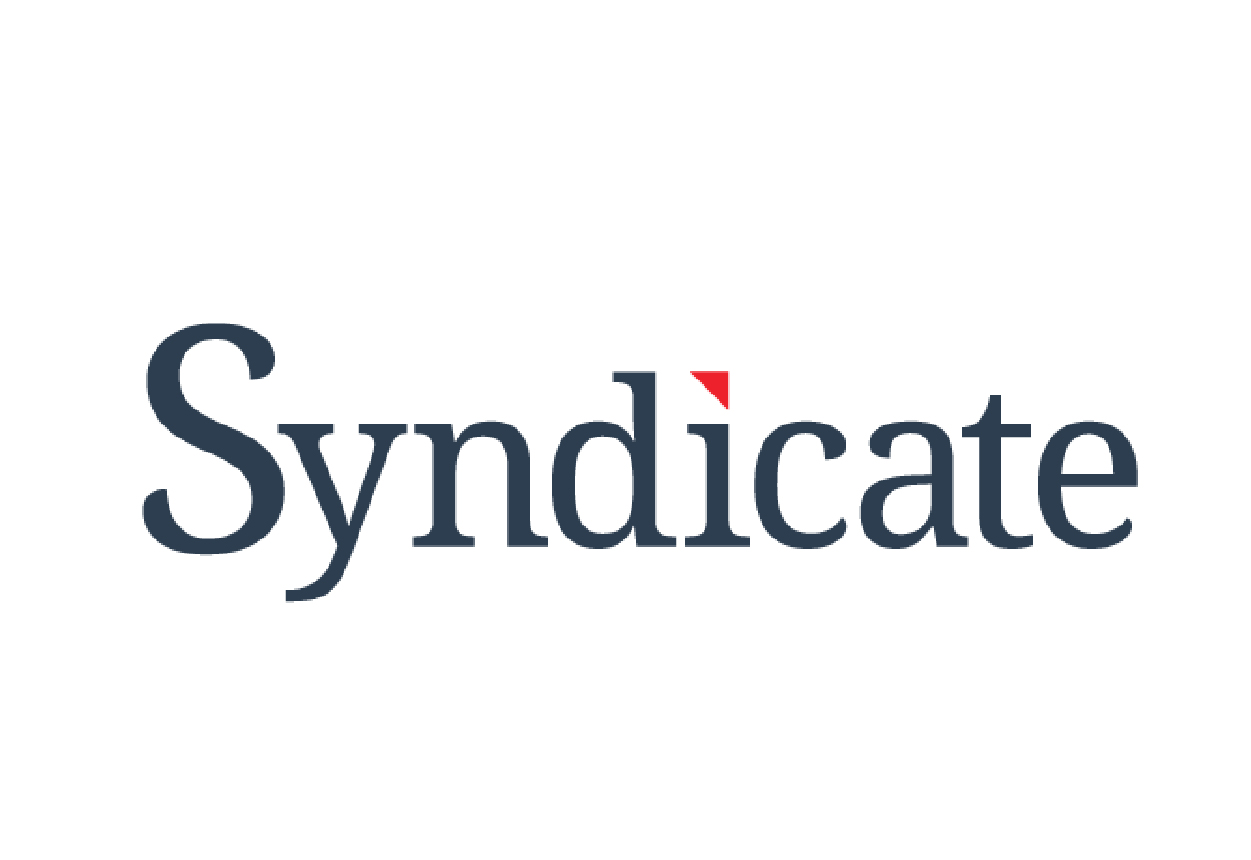First-Time Homebuyers in 2025: Older, Wealthier, and More Selective
Prepared by Square Feet Appraisals in collaboration with Delaware Beaches Online
Data Source: Bright MLS
The profile of a first-time homebuyer is changing. In 2024, only 37% of adults under 35 were homeowners—far lower than historical averages. If homeownership rates matched those of 2000, the U.S. would have 1.1 million more homeowners today.
Affordability issues and tight inventory have delayed many young adults from purchasing a home. However, 2025 will see a wave of sidelined buyers reentering the market. These buyers, though, will be different from their predecessors.
First-Time Buyers Are Older and Have Higher Incomes
Last year, the share of first-time buyers fell to 24%, its lowest level in history. The median age of first-time buyers hit 38—the oldest on record. With rising mortgage rates and home prices, the buyers entering the market in 2025 will need higher incomes and bigger down payments.
- In Bright MLS’s major metro areas, buyers will need an income above $130,000 to afford a median-priced single-family home.
- Many first-time buyers will shift to townhomes or condos as single-family homes remain out of reach.
Bigger Down Payments Will Be Necessary
According to a December 2024 Bright MLS survey, about one in four renters say they would like to buy in 2025, while 38% plan to buy in future years. However, affordability concerns mean that down payments will play a crucial role:
- 77% of buyers expect to use savings for their down payment.
- 19% will use tax refunds, while 18% will rely on financial gifts from relatives.
- More parents and older homeowners are tapping into their home equity to help their Millennial children buy.
Move-In-Ready Homes Are in High Demand
The condition of a home is a top priority for 2025 buyers. 56% of prospective buyers say a move-in-ready home is “very important.” While some are willing to make compromises, most prefer a home that requires minimal repairs.
Most Important Home Features for 2025 Buyers:
- 56%: Move-in-ready (no major repairs)
- 53%: Number of bedrooms
- 50%: Garage
- 49%: Primary bedroom with en suite bathroom
Notably, the demand for home offices has declined—only 19% of buyers say a home office is a “very important” feature, reflecting a return to in-office work.
Proximity to Work and Amenities Matter More
As remote work trends shift, 54% of buyers say that commute distance is a “very important” factor, surpassing proximity to family or friends. The strongest demand will be in close-in suburbs, rather than city centers.
Most Important Neighborhood Factors:
- 54%: Commute distance
- 36%: Walkability
- 32%: Parks/open space nearby
Buyers Want Full Access to Listings
Inventory shortages have frustrated buyers in recent years, and 86% of buyers agree that they should be able to see all homes for sale. Hidden or off-market listings make an already challenging market even harder to navigate.
Best and Worst Markets for Buyers in 2025
For those with flexibility, some local markets will provide better opportunities. The best markets will be those with higher inventory and longer days on market, including:
- Southern Maryland
- Eastern Shore
- Maryland suburbs of Washington, D.C.
- New Jersey suburbs of Philadelphia
Meanwhile, the most competitive markets will be those with low inventory and fast sales, such as:
- North Central Virginia
- Fauquier and Culpeper counties
Final Thoughts
The 2025 housing market will challenge first-time buyers, but those with higher incomes, larger down payments, and a willingness to compromise will find opportunities. As inventory levels shift, knowing where to look and how to position yourself financially will be key to success.
So, is 2025 the year you make your move? If you’re considering selling, it’s crucial to understand the current market dynamics and how to best position yourself for success. Dive deeper into the topic in our next blog post: “Selling Your Home in 2025: Is Now the Right Time?“




